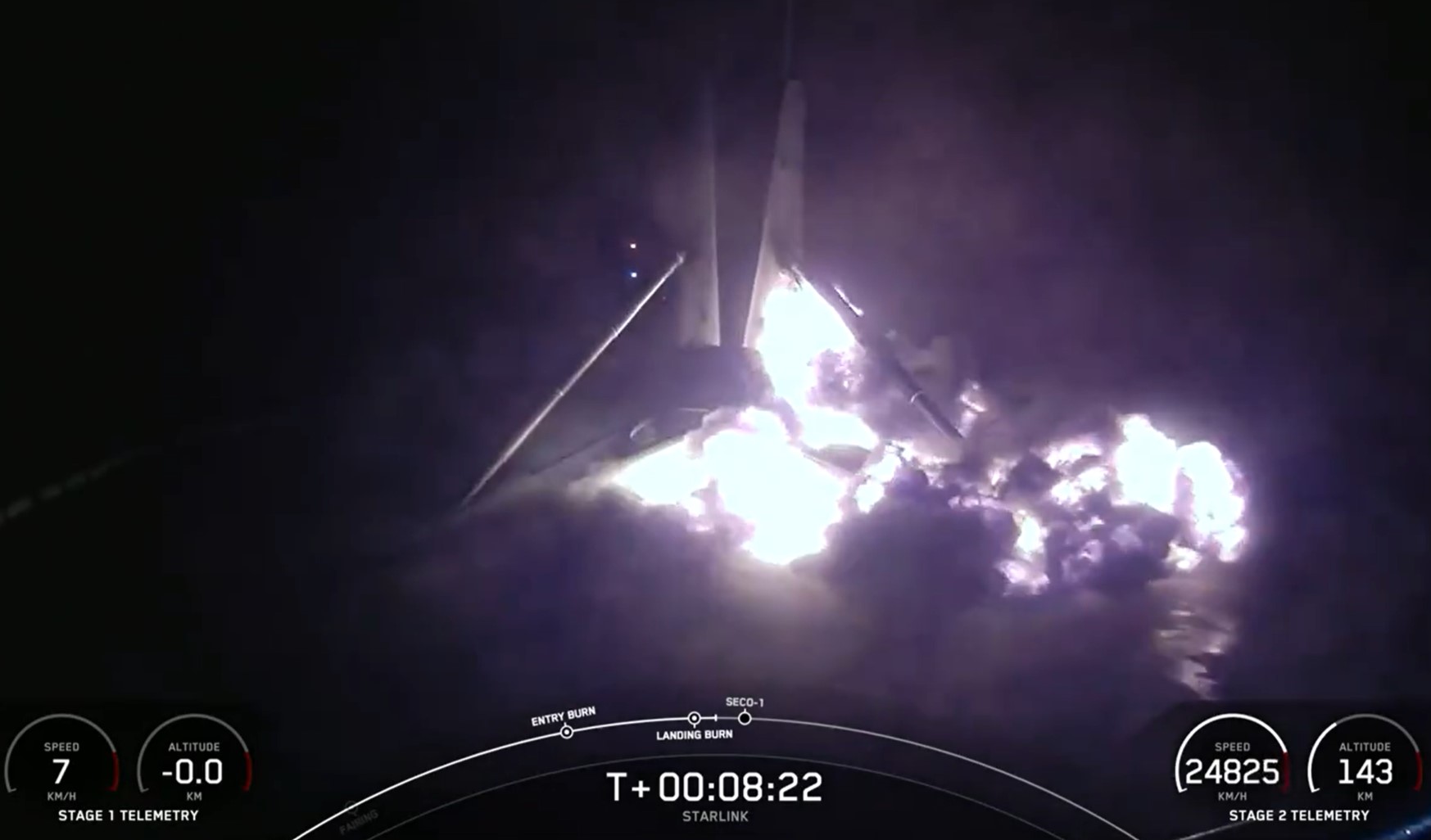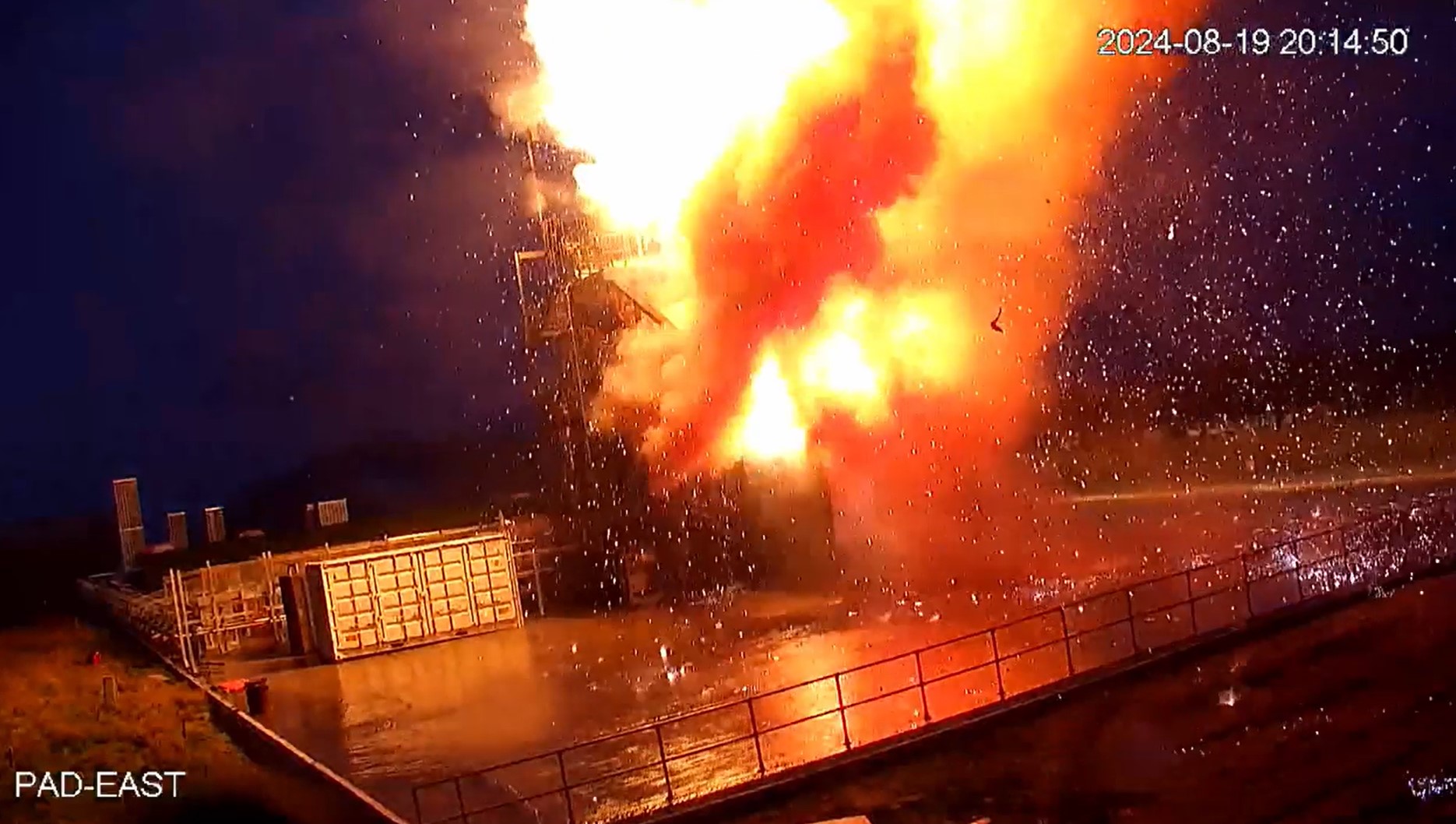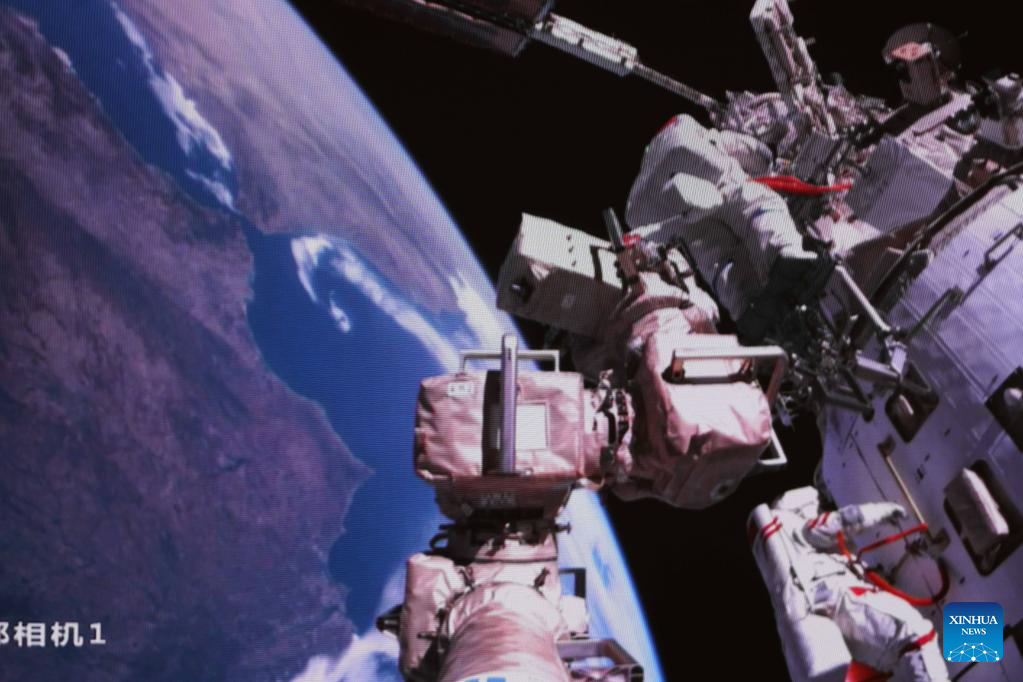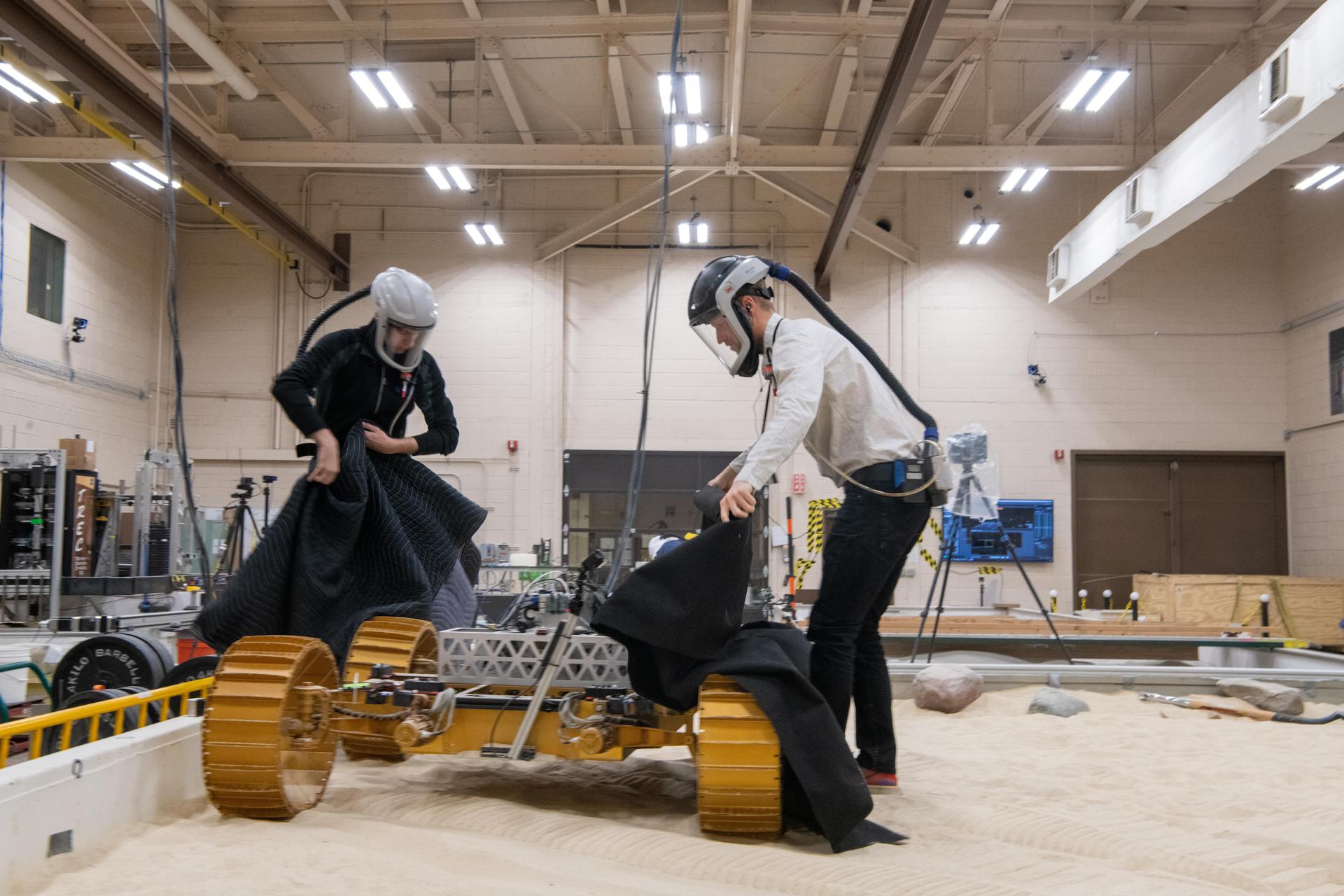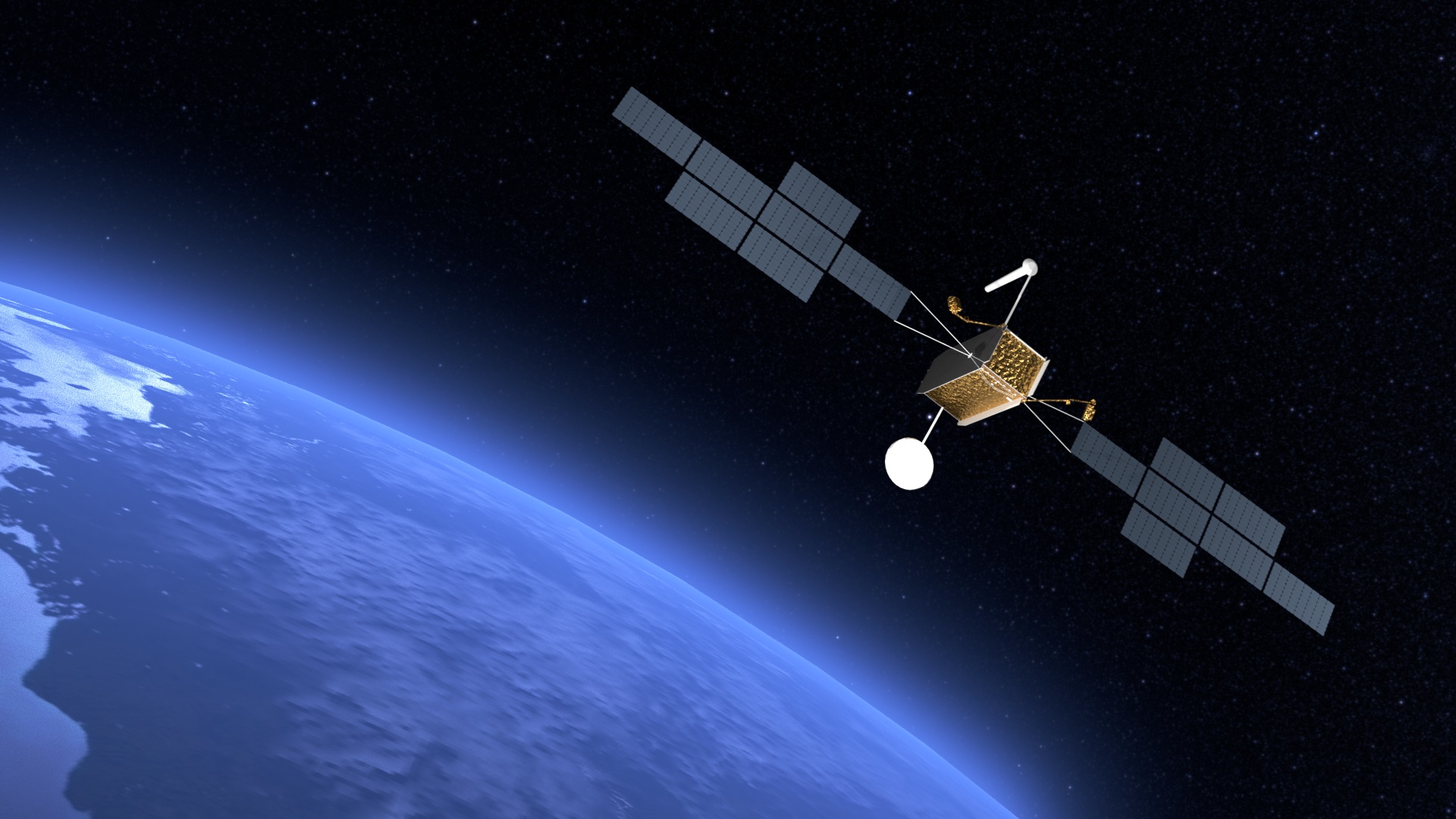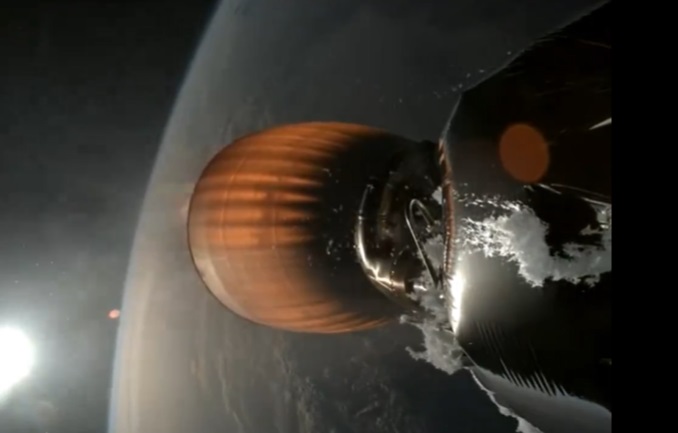Lifting off from Launch Complex 37, Cape Canaveral Air Force Station, a Delta IV Medium (5,4) medium launch vehicle carried WGS 9 (Wideband Global Satcom) to Geostationary Transfer Orbit (GTO). The launch occurred at 0018 GMT, 19 March following a half hour delay after a “swing arm” issue was detected and resolved by the ground teams. The launch was conducted by ULA (United Launch Alliance), which has launched all the WGS satellites, and since WGS 3 all of these flights have utilised the Delta IV Medium (5,4) variant. This variant sports a 5 m fairing, and four strap-on boosters attached to the Common Booster Core first stage.
The “single stick” Delta IV Mediums are currently planned to be phased out by ULA by 2019, with all medium-class payloads then launched by an Atlas V variant before that is in-turn replaced by the currently in development Vulcan rocket.
The WGS system is the follow on programme to the Defense Satellite Communications System (DSCS) spacecraft launched for the US Air Force during the 80s and 90s. The spacecraft provide Super High Frequency (SHF), X-band and Ka-band capacity for US and allied forces. WGS 9 was ordered and paid for by other nations in order to gain access to the whole WGS network. Canada, Denmark, Netherlands, Luxembourg and New Zealand were the contributing nations for this unit. Australia was the first foreign nation to make use of this arrangement, and financed the construction of WGS 6, in exchange for network access. This spacecraft was launched in 2013.

